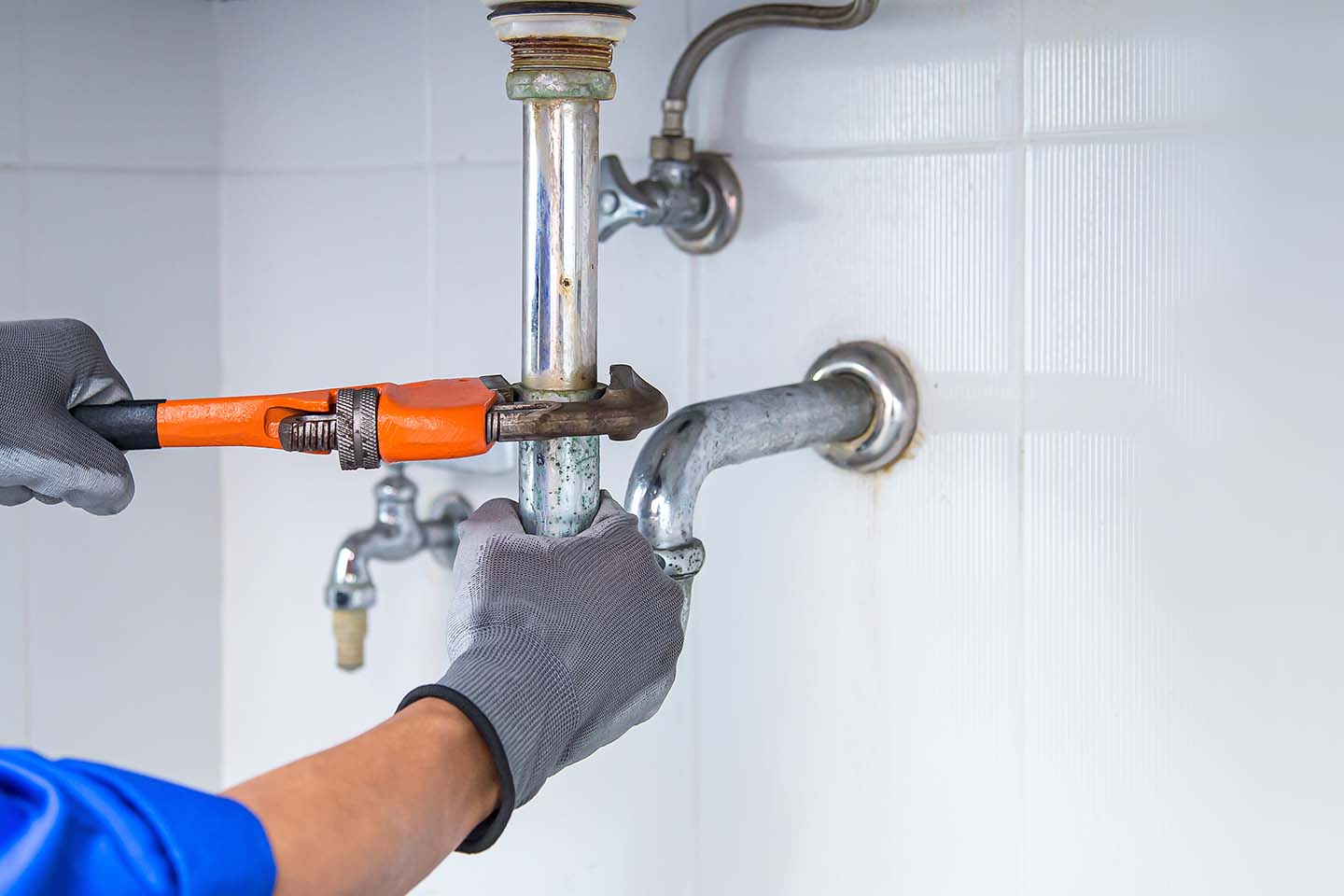Rattling in plumbing pipes is a common nuisance that has been blamed for, or on, everything from insomnia to paranormal activity. It can cause sputtering when you turn the faucet or make the water inside spit out. Usually, the cause is more commonplace and less interesting than ghosts, ghouls, and goblins, though. The real reason many people’s pipes rattle is surprisingly simple: there’s air in the system!
A plumbing system is designed to be closed. It has an intake at one end and an outlet at the other. So you have an intake at the water heater to introduce water from the municipal supply into the plumbing system, an outlet such as a tap, faucet, toilet, or shower at the other end, and yet another intake in the form of the drain which directs the wastewater to the outlet of the sewer system or septic tank. For plumbing to work smoothly, reliably, and without leaks, there cannot be air in the system.
When work is done to a plumbing system, the closed system must be opened, at least to some degree. Whether your plumber is swapping out a P-trap or redoing the entire system from the ground up, this means air will inevitably get into the pipes. Cutting the water supply for extended periods or breaking the seals in the system for service allows air inside.
The good news is, in most cases air won’t damage your pipes unless they’re made of copper or other metals that are prone to corrosion, and it’s easy to fix. Simply turn off the water main, open all your taps about halfway (hot AND cold), and get all the water out of the system. Then turn the main back on and let the system fill back up with the taps open to flush out the air within. When you don’t hear noises, sputtering, spitting, or gurgling anymore, you should be good to go.
If this doesn’t work, call a plumber ASAP—you may have a bigger problem that needs specialist attention!


I find it fascinating how something as simple as rattling in plumbing pipes can be attributed to such a wide range of explanations. It just goes to show how our minds can sometimes jump to the most extraordinary conclusions when faced with an unexplained phenomenon. While paranormal activity might be an exciting possibility, it’s essential to approach these situations with a rational mindset and consider more practical explanations first. In the case of rattling pipes, it’s often due to loose fittings or water pressure issues. It’s always interesting to see how folklore and urban legends can influence our perceptions of everyday occurrences.
I find it fascinating how rattling in plumbing pipes has been associated with such a wide range of explanations, from the mundane to the supernatural. It just goes to show how our minds can sometimes jump to the most extraordinary conclusions when faced with an unexplained phenomenon. Personally, I believe that most instances of rattling in plumbing pipes can be attributed to more logical causes, such as changes in water pressure or loose fittings. However, I can understand why some people might be tempted to attribute it to something more mysterious, especially if they have a strong belief in the paranormal. It’s always interesting to see how different individuals interpret and make sense of the same phenomenon.
One unique solution to address rattling in plumbing pipes is to install water hammer arrestors. Water hammer arrestors are devices that absorb the shock waves created by sudden changes in water flow, preventing them from causing the pipes to rattle. These devices can be easily installed at the source of the problem, such as near washing machines or dishwashers, where water flow changes frequently.
Additionally, it is important to check the water pressure in your home. High water pressure can contribute to pipe rattling. If the water pressure is too high, consider installing a pressure reducing valve to regulate the flow. This can help prevent the occurrence of water hammer and reduce the likelihood of rattling pipes.
By addressing the root cause of the problem and implementing these solutions, you can effectively eliminate rattling in plumbing pipes and enjoy a quieter and more peaceful home environment.
One possible solution to the rattling in plumbing pipes is to install water hammer arrestors. Water hammer occurs when the flow of water is suddenly stopped or changed direction, causing a shockwave that can lead to rattling noises in the pipes. By installing water hammer arrestors, which are essentially shock absorbers for the plumbing system, the impact of the water hammer can be significantly reduced or eliminated altogether. This can help to prevent the rattling noises and provide a quieter plumbing system overall.